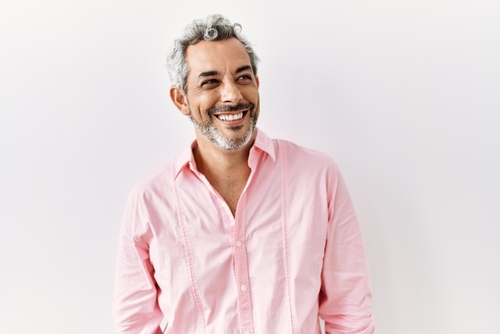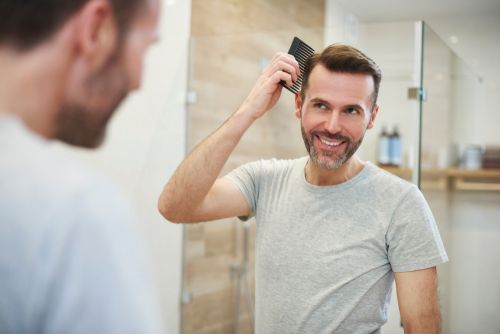
We all desire a full head of luscious hair that doesn’t show signs of thinning. And while hair loss can be frightening, PRP injections may help you achieve those goals. Platelet-rich plasma injections have incredible regenerative properties that allow patients to experience hair growth and complete restoration in many areas. When used for hair loss, you can experience that stunning head of hair just in time for the holidays.
PRP for hair restoration stimulates the blocked hair follicles and encourages new hair growth. It can also prevent new hair loss through the regeneration and new cells it provides. PRP is comprised of two key components that promote cell generation. It uses our natural blood and separates the red blood cells from the rich plasma. It’s then spun in a centrifuge to separate them and reinjected back into the scalp. The rich plasma and blood cells work internally to create new, healthier cells that trigger the dead hair follicles. PRP can be a transformative treatment that allows you to restore your hair and your confidence.
At PRP in Seattle, our providers understand the importance of natural hair regeneration and work to provide the best PRP hair restoration for every patient. To get your hair restored for the holidays, call us at 206-279-2112 or reach out via chat or contact form.











